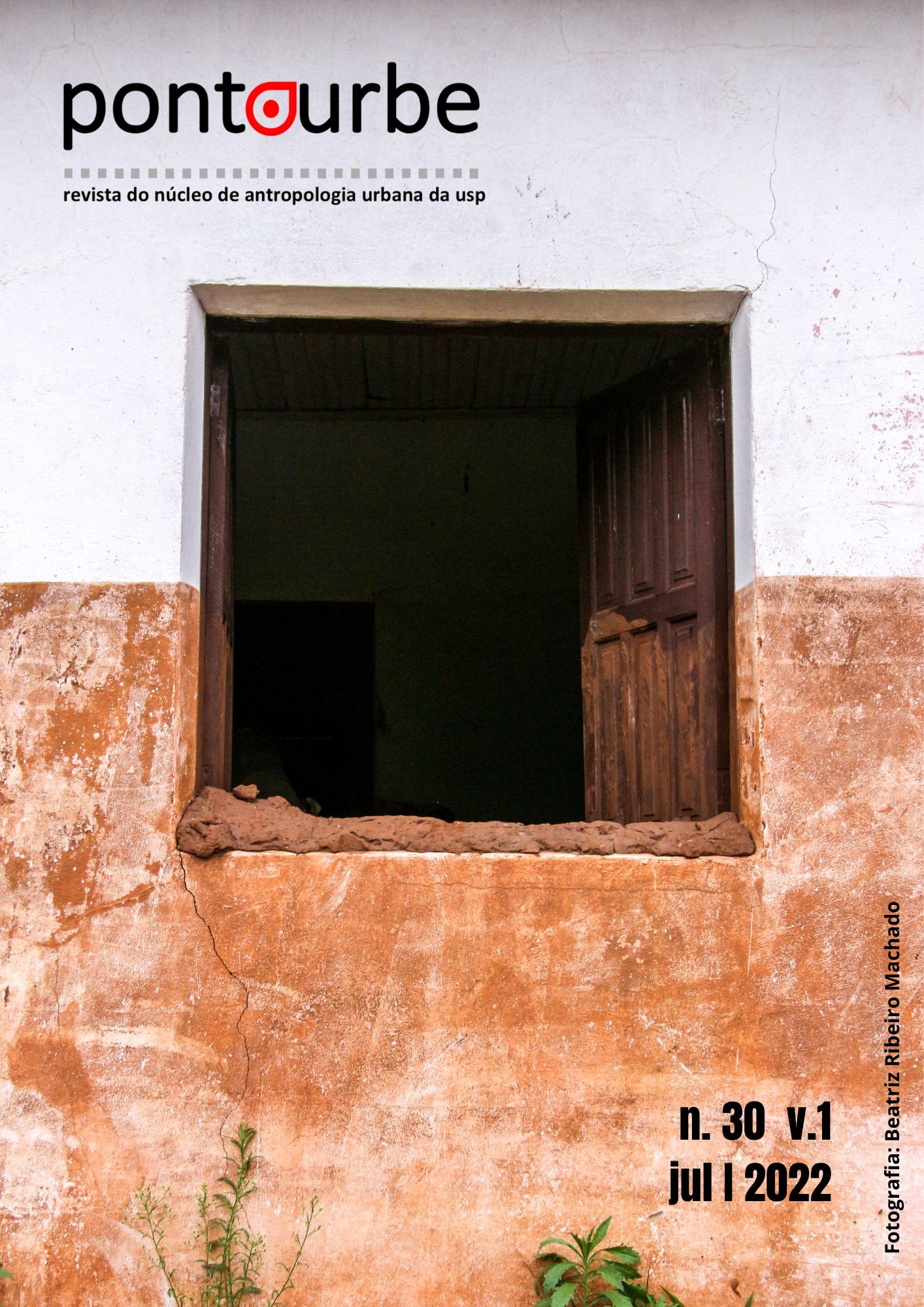Understanding urban poverty in Brazil through the people and their life stories
Palavras-chave:
pobreza urbana, políticas públicas, histórias de vida, MaceióResumo
Since the 1990s, our view of urban poverty has broadened to include concepts such as exclusion, vulnerability, and violence, rather than being confined to economic factors. This article seeks to demonstrate the value of surveying the everyday life of precarious settlements so that an understanding can be obtained of the dynamics of the spatial and social integration of the urban poor. A qualitative approach has been adopted that links poverty, mobility, social networks and State action and it is argued that informal settlements are spatial traps since an individual perspective and exploitative relationships are superseding collective action. The use of the life stories of the residents of precarious settlements serves as a means of overcoming prejudices and show how the struggle for a place in the city takes place. They have emerged as a powerful instrument for understanding urban poverty and helping define public policies and thus combat the problem of continuous mobility and spatial segregation, vulnerability and exclusion. Moreover, they reveal that, although expressing their right to the city, the struggle for a place in the city is not over.
Referências
AUYERO, Javier. This is a Lot Like the Bronx, isn’t it? Lived Experiences of Marginality in an Argentine Slum. International Journal of Urban and Urban and Regional Research, v. 23, n. 1, p. 45-69. 1999.
ATKINSON, Robert. The Life Story Interview. London: Sage Publications, 1998. 97 p.
BERTAUX, Daniel; KOHLI, Martin. The Life Story Approach: A Continental View. Annual Review of Sociology, v. 10, p. 215-237. 1984.
CHANFRAULT-DUCHET, M. F. Narrative structure, social models, and symbolic representation in the life story. In: BERGER, S. G; PATAI, D (ed). Women’s words: The feminist practice of oral history. New York: Routledge, 1991, p. 77-91.
CRESWELL, J. W. Research Design - Qualitative and Quantitative Approaches. London: Sage Publications, 1994. 260p.
ECKSTEIN, Susan. Urbanization Revisited: Inner-City Slum of Hope and Squatter Settlement of Despair. World Development, v.18, n.2, p.165-181, 1990.
FERREIRA, Cândido. O fordismo, sua crise e o caso brasileiro. Cadernos do CESIT - Texto para discussão 13. Campinas: CESIT, 1993.
IBGE. Maps of Brazil and Northeast Region, available in https://portaldemapas.ibge.gov.br/portal.php#homepage, 2005 and 2009.
KENNY, M. L. Drought, Clientalism, Fatalism and Fear in Northeast Brazil. Ethics, Place and Environment, v.5, n.2, p. 123-134, 2002.
KOWARICK, Lúcio. Networks of Solidarity in a Situation of Socioeconomic and Civil Vulnerabilty. Paper presented on the Latin American Research Center: University of Calgary, 2005.
MARQUES, E; and BICHIR, R. Estado e espaço urbano: Revisitando criticamente as explicações correntes sobre as políticas estatais urbanas. Revista de Sociologia e Política, Curitiba, n. 16, p. 09-29, 2001.
MILLER, R. L. Researching life stories and family histories. London: Sage Publications, 2000.
MOSER, C. Confronting crisis: a comparative study of household responses to poverty and vulnerability in four urban communities. In: Environmentally Sustainable Development Studies and Monographs Series. n. 8, Washington, DC: The World Bank, 1996.
NETO, L. G. Trajetória econômica de uma região periférica. Estudos Avançados, 11 (29), Jan-Abr, 1997.
PEATTIE, L; ALDRETE-HAAS, J. A. Marginal Settlements in Developing Countries: Research, Advocacy of Policy, and Evolution of Programs. Annual Review of Sociology, v.7, p.157-175, 1981.
PNUD, IPEA, FJP. Atlas do Desenvolvimento Humano no Brasil. Rio de Janeiro, PNUD, 2006. Disponível em: http://www.pnud.org.br/atlas.
PORTES, Alejandro. Social Capital: Its Origins and Applications in Modern Sociology. Annual Reviews of Sociology, v.24, p. 1-24, 1998.
PREFEITURA MUNICIPAL DE MACEIÓ; PROGRAMA HABITAR BRASIL BID (PMM/HBB). Plano estratégico municipal para assentamentos subnormais do município de Maceió - PEMAS. Maceió, 2001.
ROLNIK, Raquel. Territorial exclusion and violence: the case of the state of São Paulo, Brazil. Geoforum, v.32, p. 471-482, 2001.
SCHAPIRA, M. F P. Amérique Latine: La Ville Fragmentée. Esprit 258, p. 128-144, 1999.
SCHWANDT, T. A. Qualitative Inquiry. London: Sage Publications, 1997.
UFAL. Mapeamento da Exclusão Social em Alagoas. Maceió: NUTAS, 1998.
WACQUANT, Loic. Urban Marginality in the Coming Millennium. Urban Studies, v. 36, n. 10, p. 1639-1647, 1999.
Downloads
Publicado
Edição
Seção
Licença
Copyright (c) 2022 Débora de Barros Cavalcanti Fonseca

Este trabalho está licenciado sob uma licença Creative Commons Attribution-NonCommercial-ShareAlike 4.0 International License.




